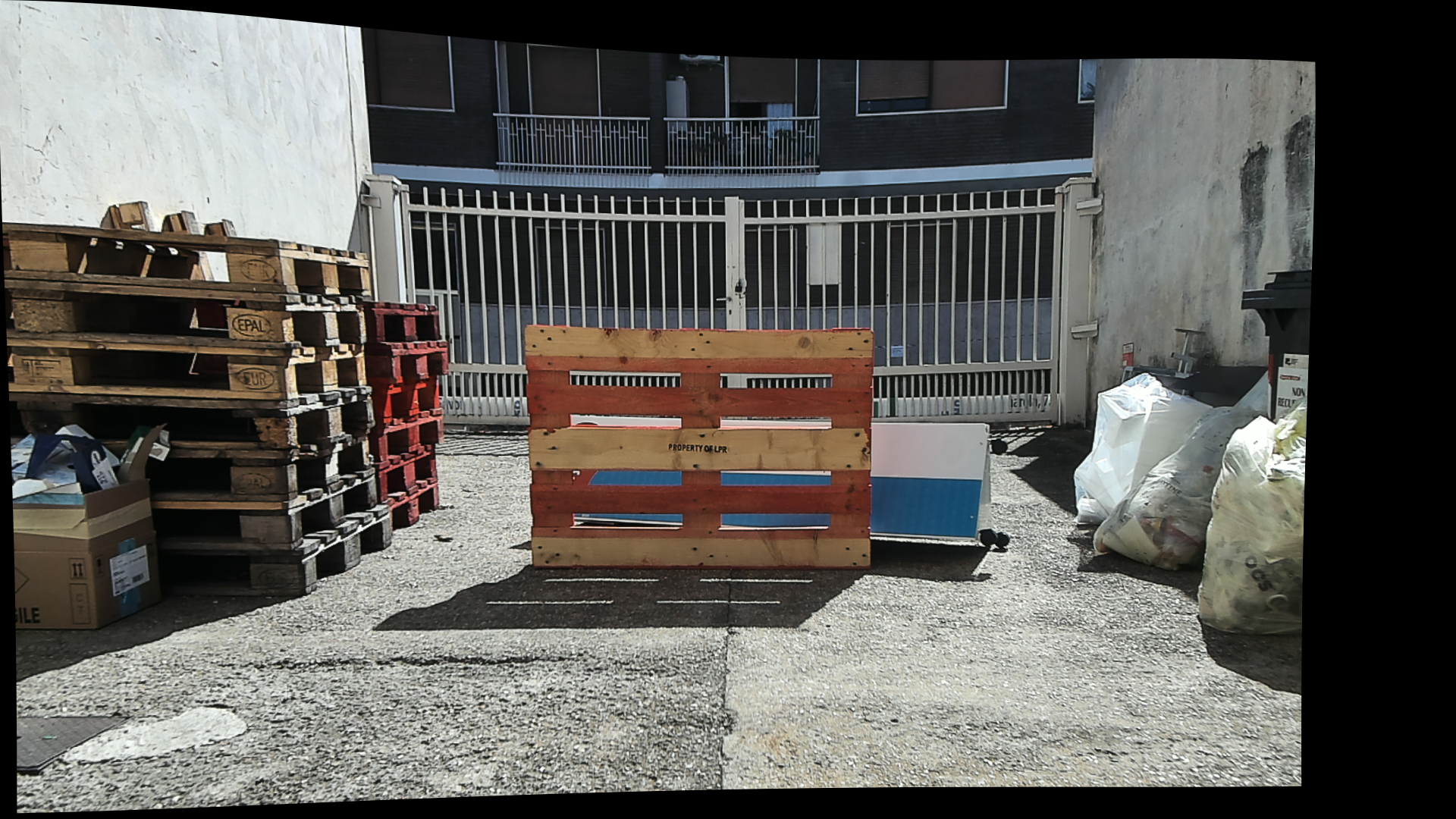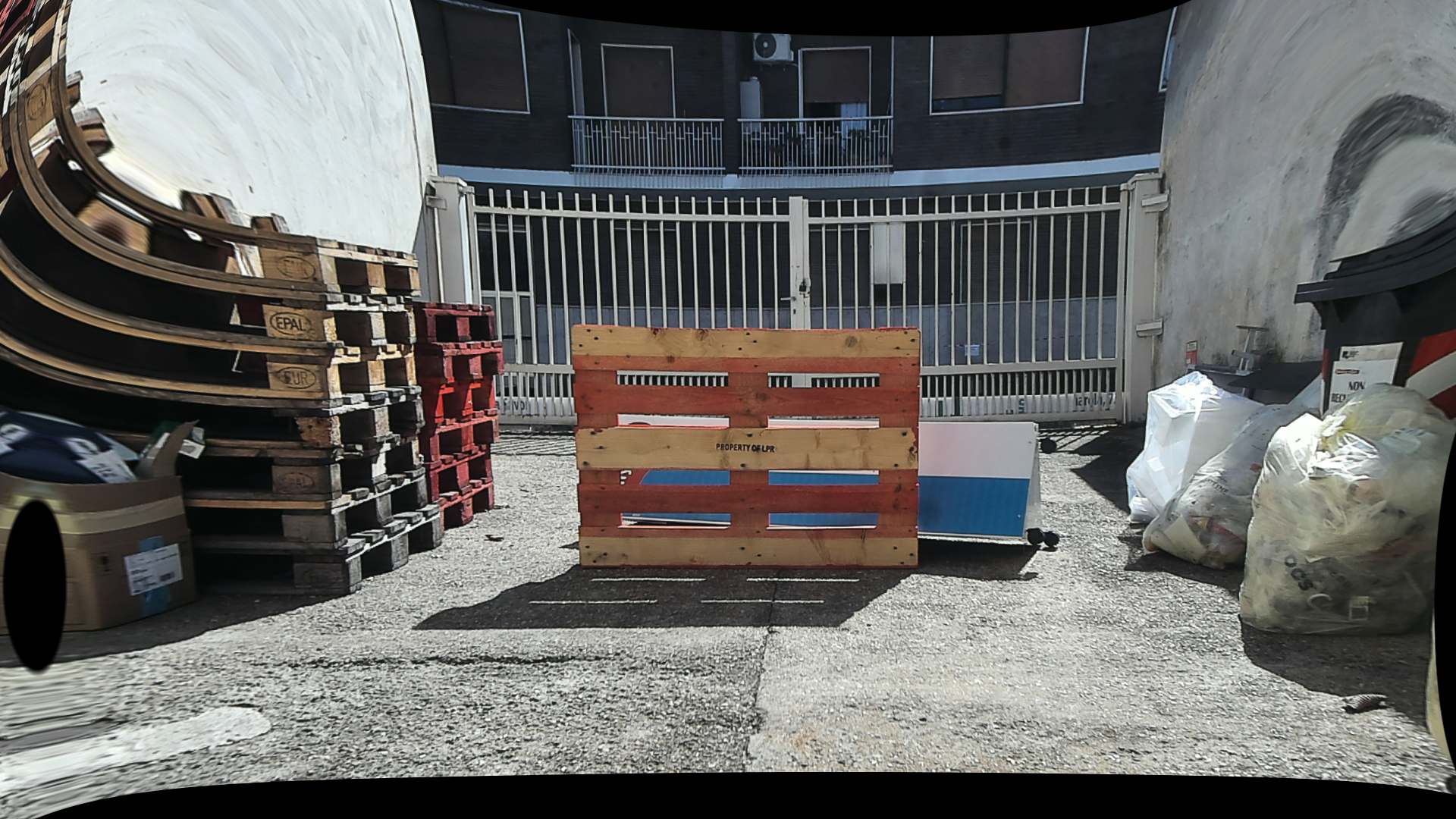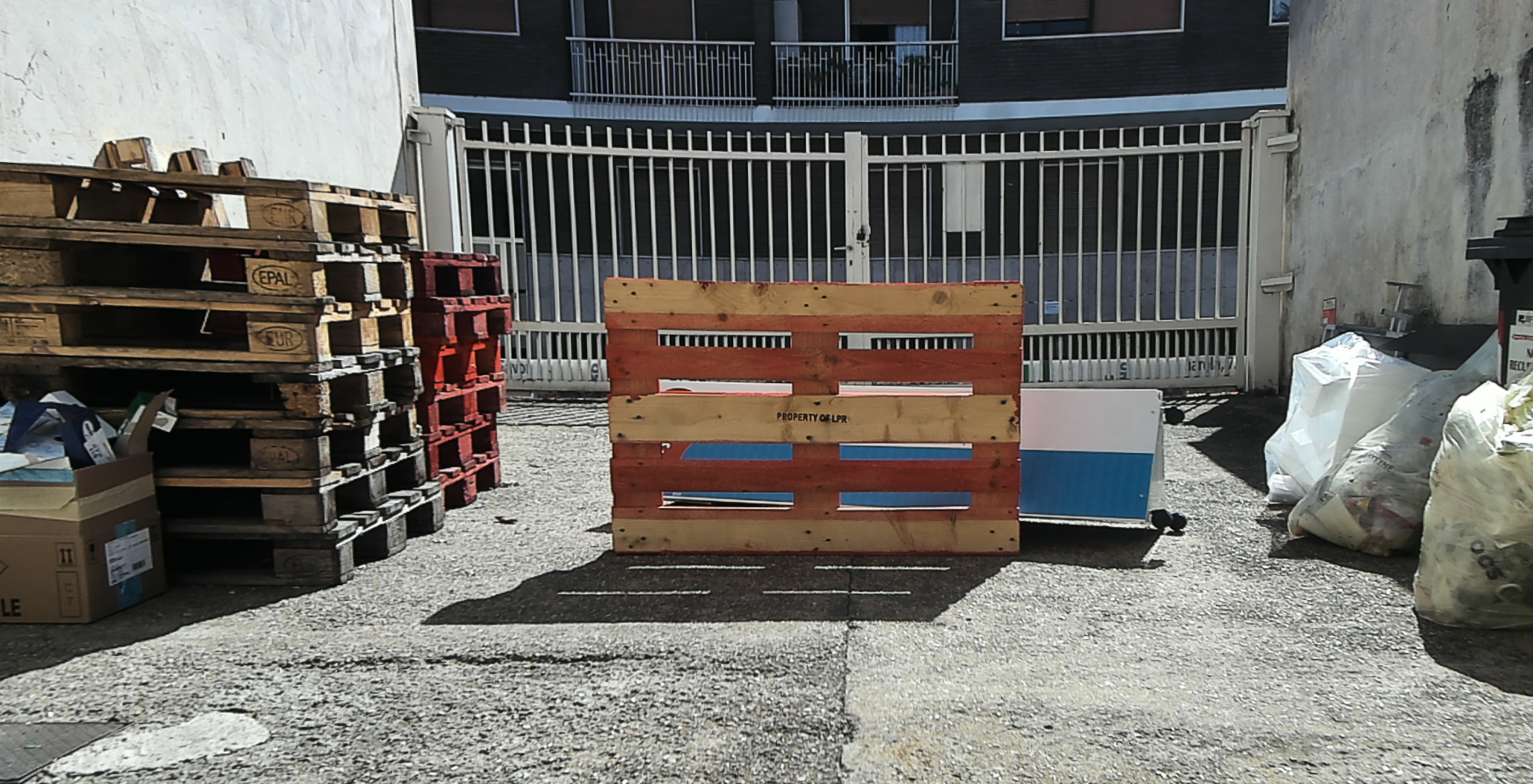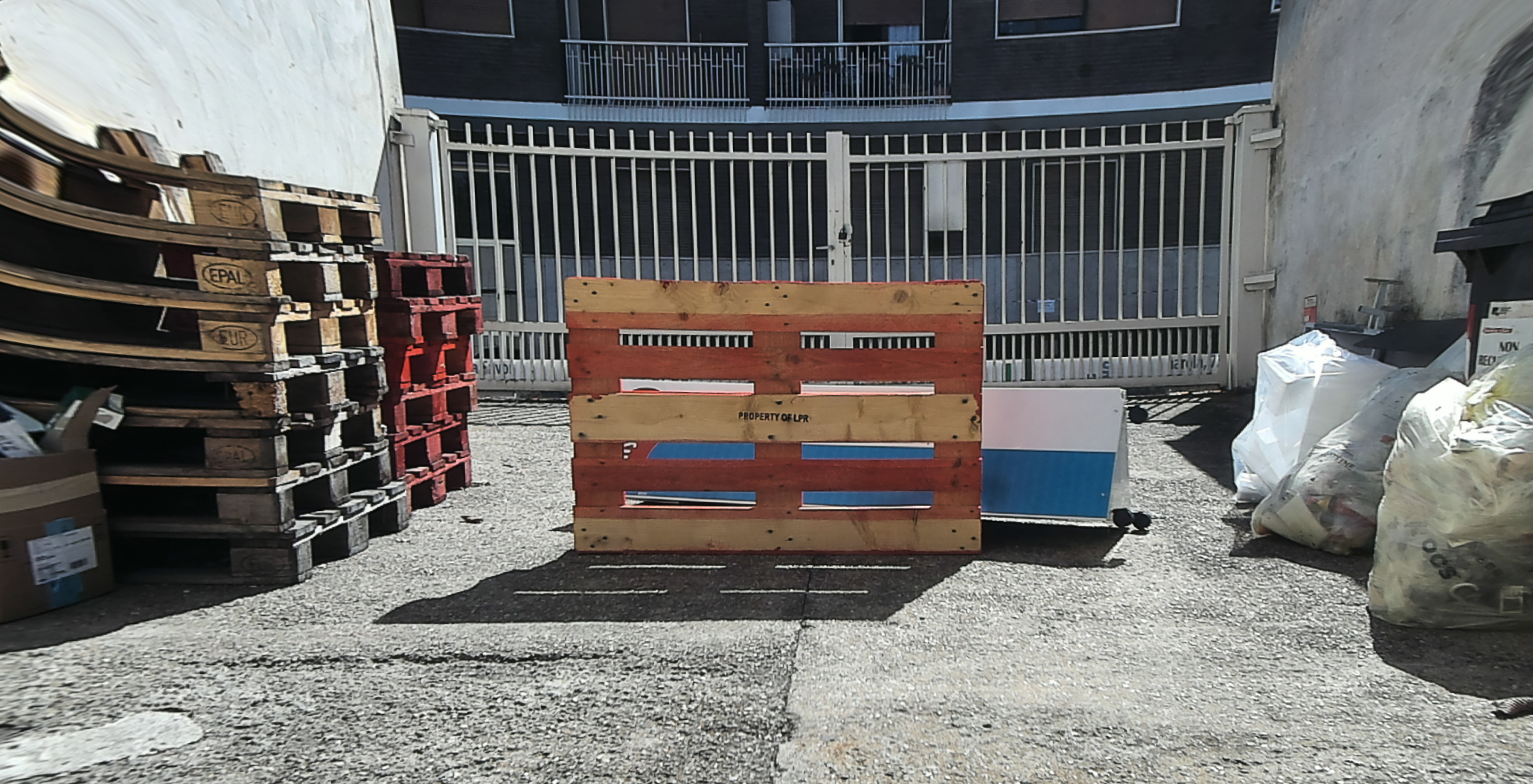On first sight, I can tell that the difference you are describing is related to an affine transformation applied after rectifying.
If you look the Matlab result, right image, you can notice that the red/white stripes on the bin are cut out while SimpleStereo does not take this decision for you, but you can call the computeRectificationMaps of the RectifiedStereoRig class changing the zoom parameter (which changes the intrinsic matrix of the rectified camera pair).
See this line https://github.com/decadenza/SimpleStereo/blob/20042efdc627a28ead02e39d9aa244f127ed8cf4/examples/006%20RectifyImages.py#L23
Anyway, even if disparity is different, in both cases the final 3D points should be the same because you use corresponding intrinsics.
Hope this helps. If you share some code with a specific issue I can try to help.











 *I am calibrating this way instead of using your code because I will need to perform this underwater for my research and will not be able to have cameras connected to the computer.
*I am calibrating this way instead of using your code because I will need to perform this underwater for my research and will not be able to have cameras connected to the computer.
Hello. Thanks for this awesome work.
I have question related to Stereo rectification. First, I'm using calibration parameters from Matlab, so I modified the calibration function to hardcode the calibration parameters I have from Matlab calibration app (of course after putting the matrices in the OpenCV notation, since there is a slight difference between notations in Matlab and OpenCV). Now, cameras intrinsics, system extrinsics, fundamental and essential matrix are exactly same as matlab.
Then, I moved to rectification point. I was expecting to see the same result, which is not happening.
Here are the output rectified images using simplestereo: Left:
Right:
However, these are the ones from Matlab: Left:
Right:
It is clear that they are quite close, but disparity wise, they are not. Take any point on the fence (L, R), from rectified images, calculate the difference in X. Take another point on the wooden box (L and R coordinates also) and get x difference.
You will find that in matlab ones, delta x for close objects are higher than far object (fence). While in Simple stereo one, delta x on fence is larger than on any closer object. This means that there is problem in disparity giving wrong depths.
I'm quite sure of matlab ones since I distances I get from rectified images from matlab matches my measurements on real world. I'm not sure where is the problem in SimpleStereo, but I doubt it is around computeRectificationMaps. I hope you can guide me what to do regarding this. Thanks in advance.